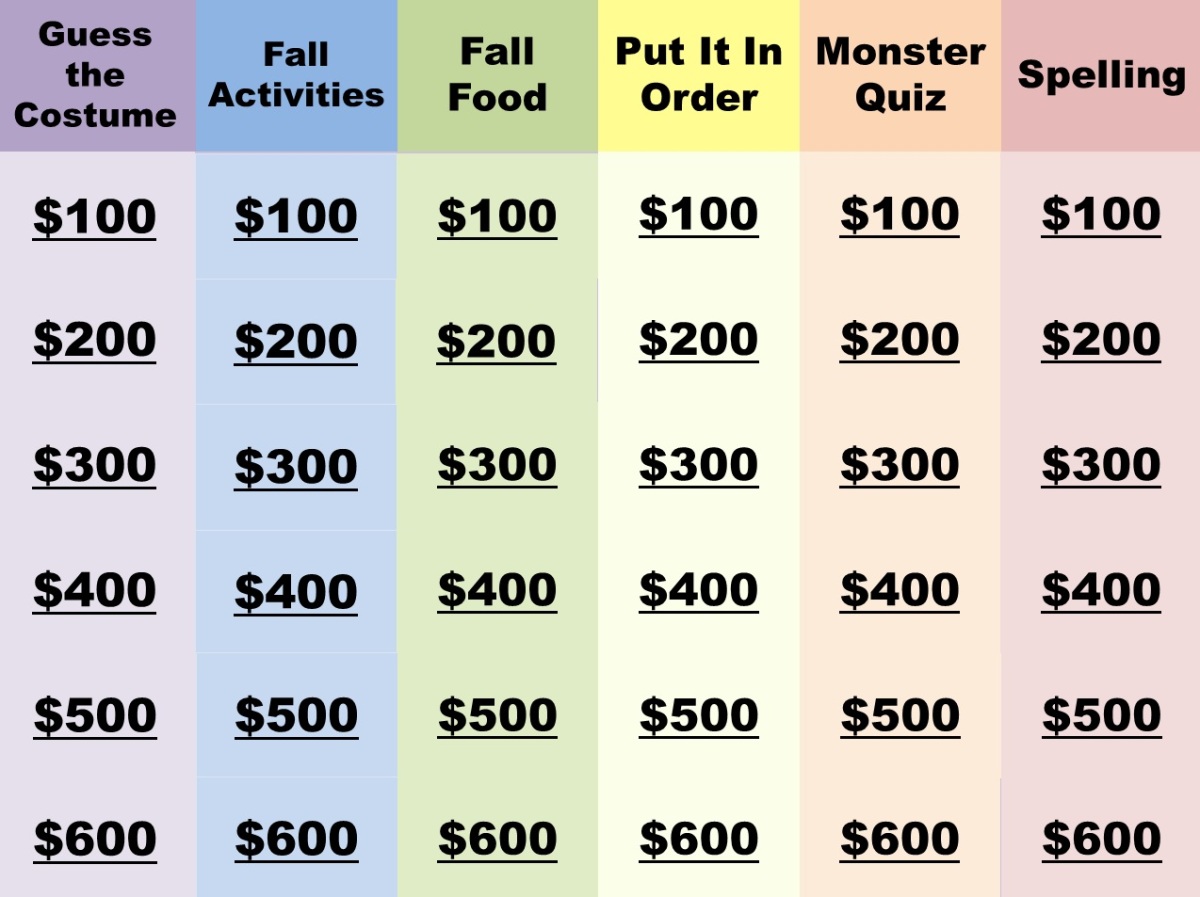Teaching technology skills to the early grades can seem intimidating. The research is out, but it’s inconclusive as to what is “appropriate” for different age levels.
I approach technology differently (and you can too!). Tech should be a means to an end, not the goal itself. After all, most of us learn how to use technology because we want to do something, not “just because”.
One classic limitation we hit in the early grades is literacy. What can you do with students that have variable reading and writing skills? What about your ESL students?
For their units exploring world cultures, Grade 2 teacher Miss D’Amours and I developed a student-centered website combining Weebly, Symbaloo, Youtube and the Google Cultural Institute.
What we created connected students to museums around the world and gave them a platform to show their learning!
To start, the kids and I created their Weebly for their class together. This means, I had the editor open and projected onto their whiteboard. We voted on the name of the website, the layout and header design–a process that gave the students a sense of ownership.
The students already had some experience with Symbaloo (thanks to the work of Miss D’Amours), and we love it because it allows students to connect safely (no related videos to click) to Youtube and other media resources. For this unit, we added videos, simulations and custom-made galleries made using the Google Cultural Institute (each filled with art from a designated country). Click below to check out our Symbaloo below!
After discussing what we were going to be looking for in the galleries (colors, shapes, materials, subjects), we released the children to explore their galleries and tell us what they were finding. Many of the children are of mixed race and/or cultures and were delighted to find authentic art works from their countries.
After a couple of sessions using just the Symbaloo and having kids write down their ideas on bubble organizer type worksheets, we decided to try integrating a Padlet as a Wonder Wall for the students to add their ideas and discoveries.
Here is an example of the Padlet the students used in their classes. The best part of Padlet is that it doesn’t require a login and anyone can add notes to it. Go ahead! Play around! Leave me a comment.
Padlet was the perfect next step in sharing information. The students were motivated to write and show their learning because they could see what they and their friends were writing in real time! In the following weeks, some students even accessed the website from home with their parents and left comments to show off in class.
In my practice, I aim to make technology seamlessly integrated into the students learning journeys, but that doesn’t always happen. Experiments can succeed or fail. Luckily, this project really took off. It is a testament to the potential of team teaching and open-minded, future forward thinking.






















